‘I’m trying to make the invisible visible’ Pat Harris tells Brian McAvera on the eve of his exhibition at the Taylor Galleries, Dublin
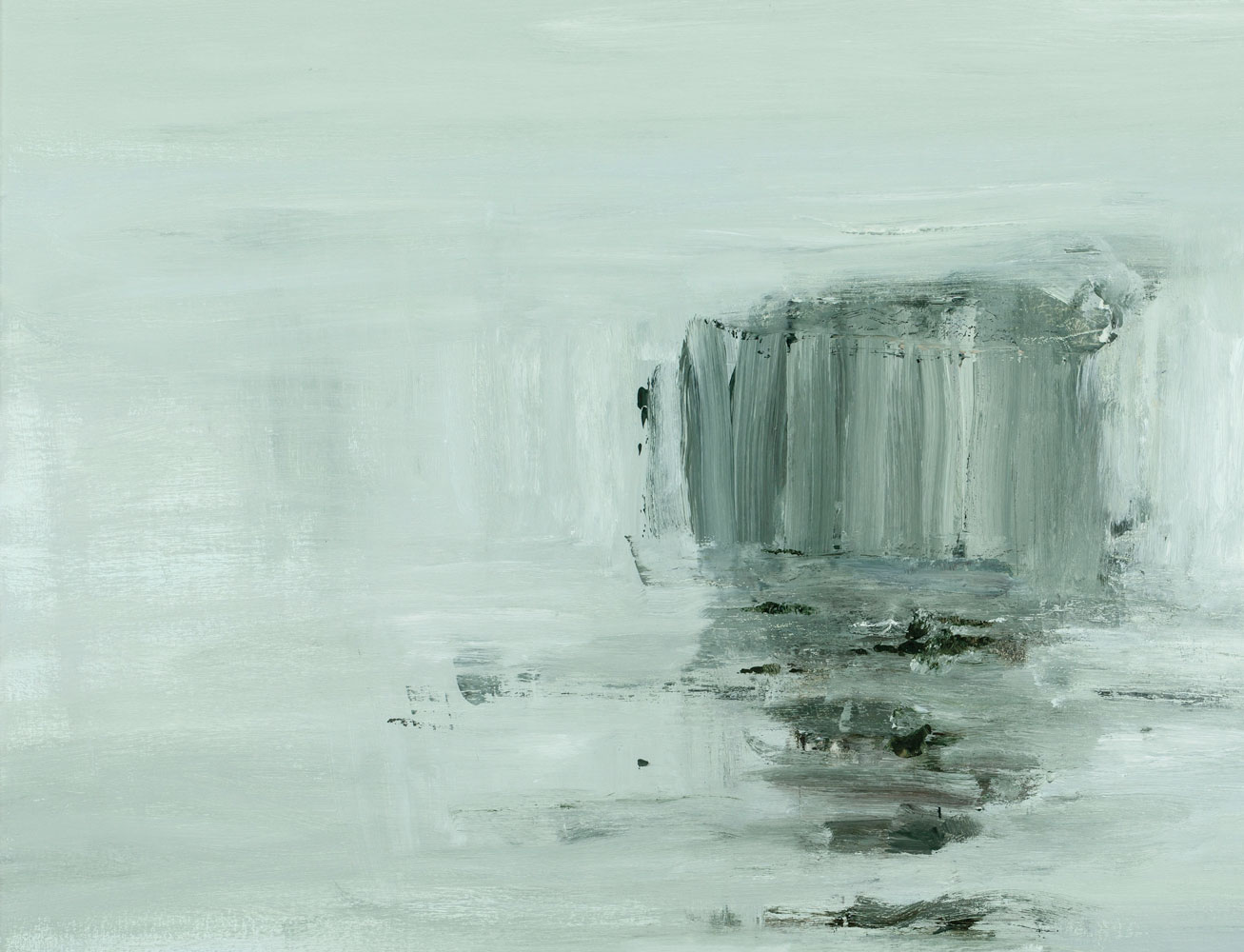
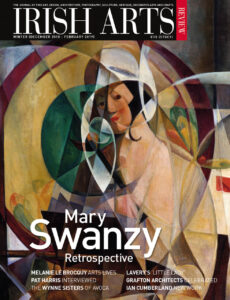
‘I’m trying to make the invisible visible’ Pat Harris tells Brian McAvera on the eve of his exhibition at the Taylor Galleries, Dublin
Brian McAvera: Pat, you have had outsider status for almost thirty years so how do you view the development of Irish art over that period, and why did you recently return to Ireland?
Pat Harris: I was looking at Irish art from Antwerp. It was only really during the Celtic Tiger that it became very visible and there was enough money to present it. I think I’ve always looked at painting generally, rather than at Irish painting as such. My influences are largely from outside Ireland: Bomberg, Auerbach, Bacon, Sutherland, Morandi, De Keyser, Twombly, Rembrandt, and Van Dyck. With contemporary painting you are too close to it to be able to read it. You don’t have the distance to see things correctly. I like Richter and Tuymans, different generations and different countries. I suppose my return to Ireland is due to its landscape. I feel a great affinity for the landscape of North Mayo. My recent work and that of my wife Linda Ruttelynck is almost solely concerned with the landscape of North Mayo. Landscape is more present in Ireland: and it has a huge presence in relation to Irish painting. Recently I saw the William Crozier show at IMMA and the work that he made after his move to West Cork; the landscapes were for me the strongest. In Ireland you feel comfortable making paintings about the landscape. In Belgium the landscape is less present.
To read this article in full, subscribe or buy this edition of the Irish Arts Review
Brian McAvera: Pat, you have had outsider status for almost thirty years so how do you view the development of Irish art over that period, and why did you recently return to Ireland?
Pat Harris: I was looking at Irish art from Antwerp. It was only really during the Celtic Tiger that it became very visible and there was enough money to present it. I think I’ve always looked at painting generally, rather than at Irish painting as such. My influences are largely from outside Ireland: Bomberg, Auerbach, Bacon, Sutherland, Morandi, De Keyser, Twombly, Rembrandt, and Van Dyck. With contemporary painting you are too close to it to be able to read it. You don’t have the distance to see things correctly. I like Richter and Tuymans, different generations and different countries. I suppose my return to Ireland is due to its landscape. I feel a great affinity for the landscape of North Mayo. My recent work and that of my wife Linda Ruttelynck is almost solely concerned with the landscape of North Mayo. Landscape is more present in Ireland: and it has a huge presence in relation to Irish painting. Recently I saw the William Crozier show at IMMA and the work that he made after his move to West Cork; the landscapes were for me the strongest. In Ireland you feel comfortable making paintings about the landscape. In Belgium the landscape is less present.
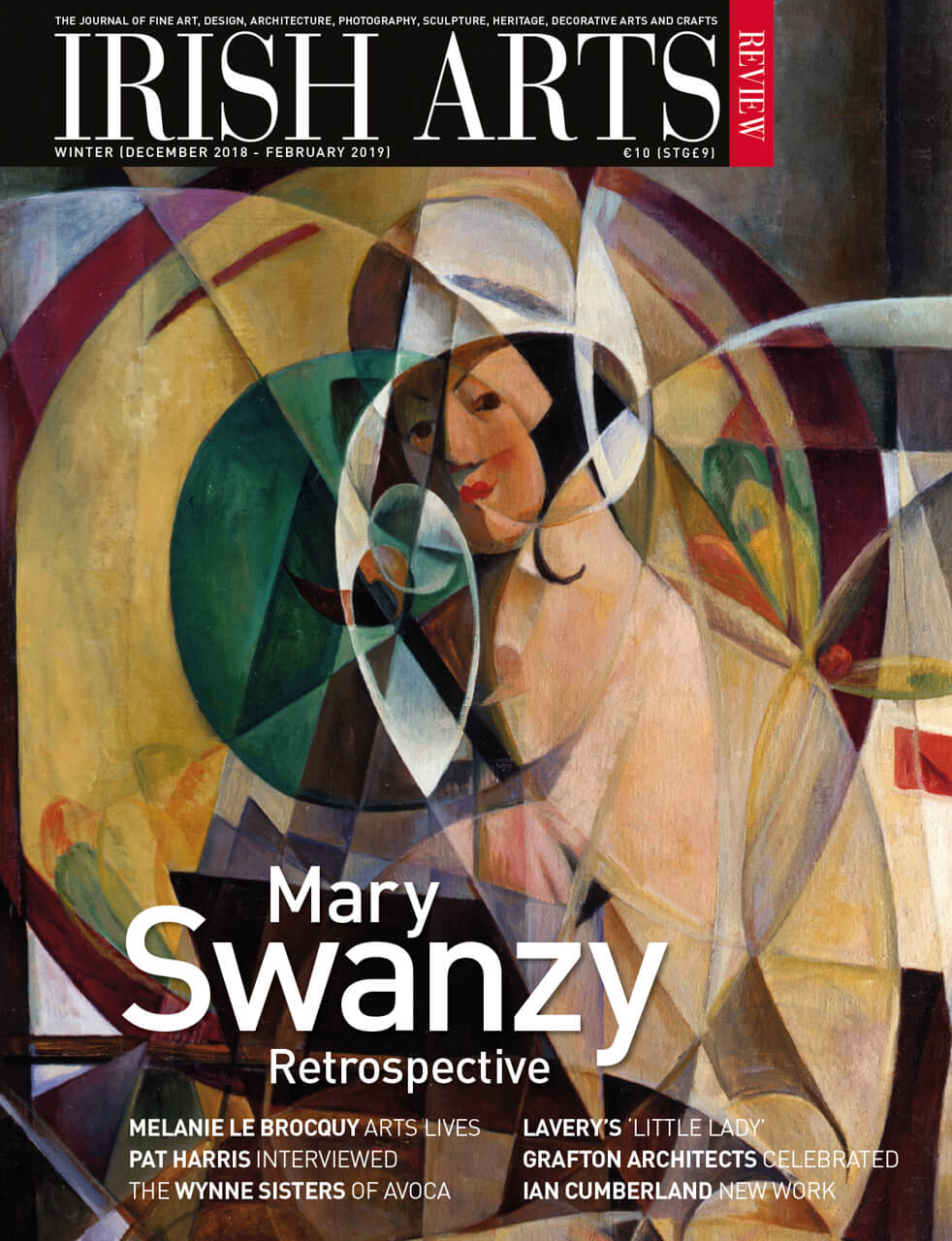
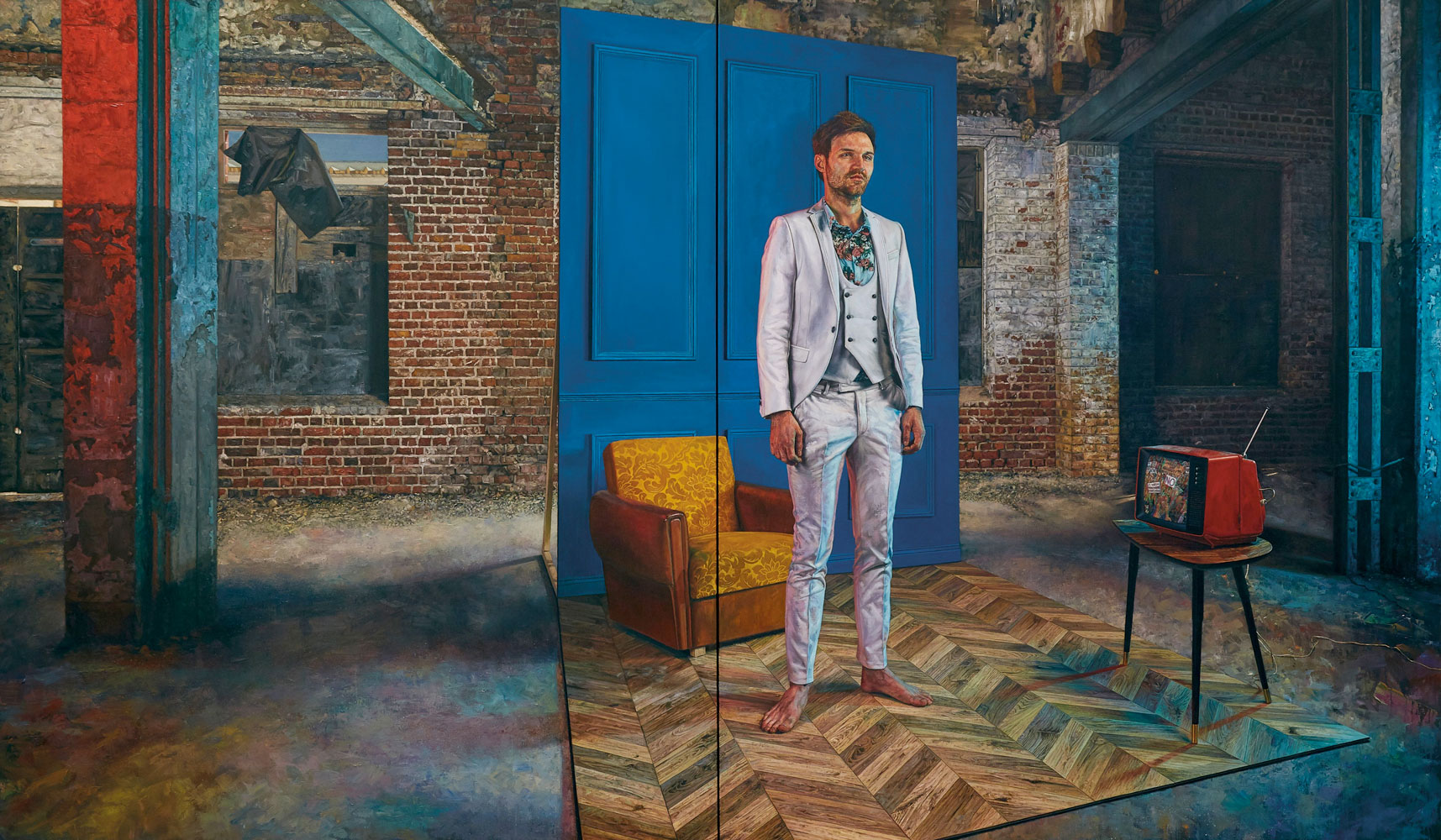
Brian McAvera wonders whether soulless consumerism is the message in Ian Cumberland’s dramatically installed artworks recently shown at Golden Thread Gallery in Belfast
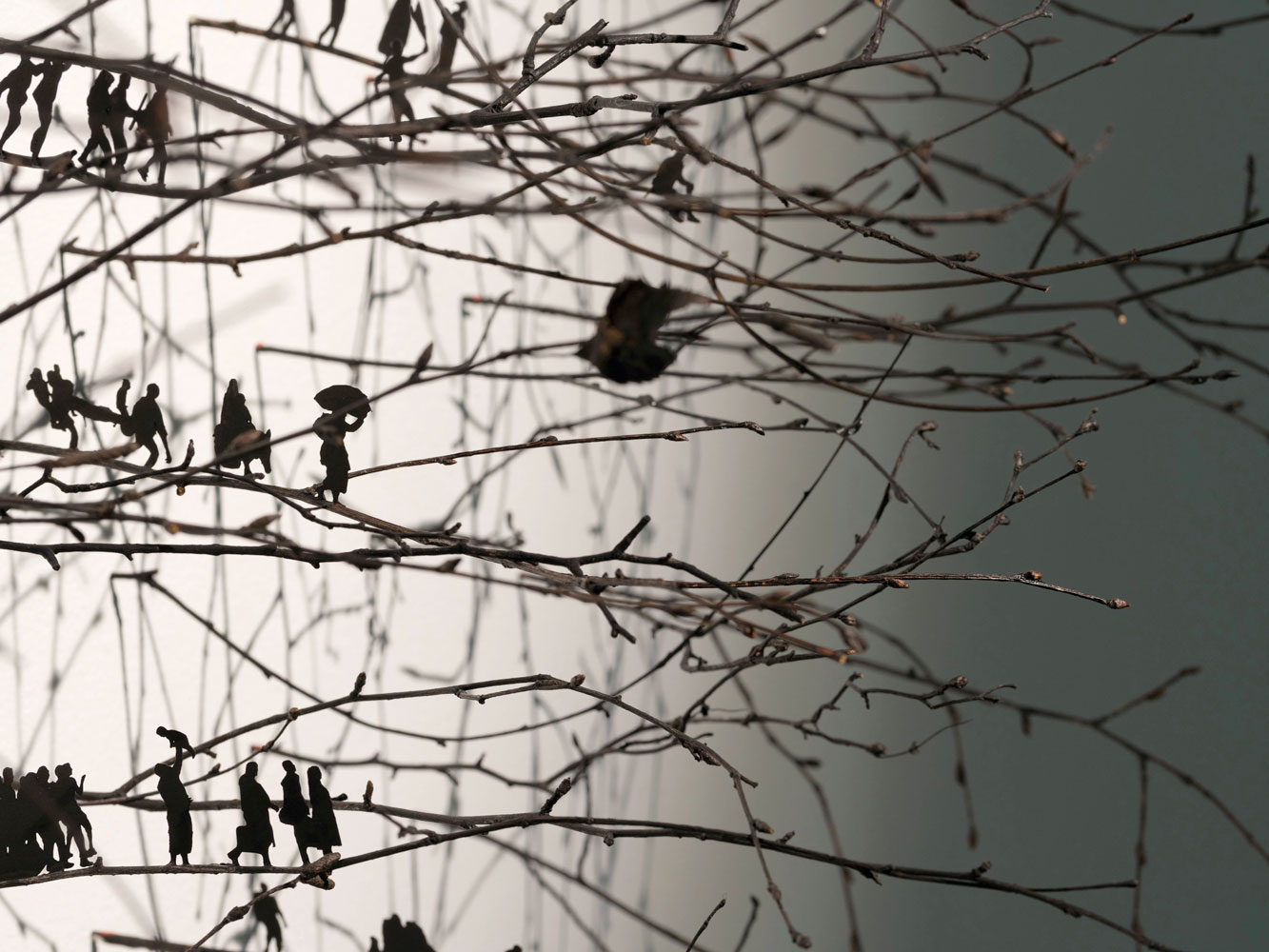
Anita Groener’s strength lies in a total focus on her theme and her art, an art that draws in and challenges the viewer, writes Judith Hill
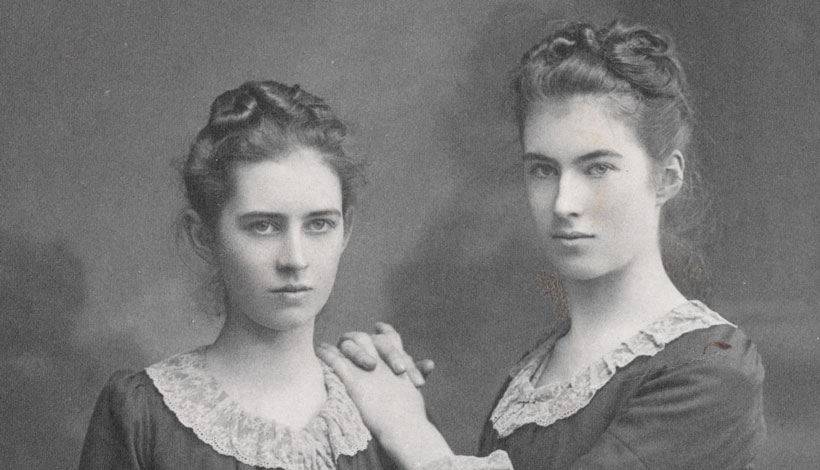
Sarah Gillespie recalls how the Wynne sisters of County Wicklow transformed the produce of a small woollen mill and brought it to the centre of fashion in Paris and beyond